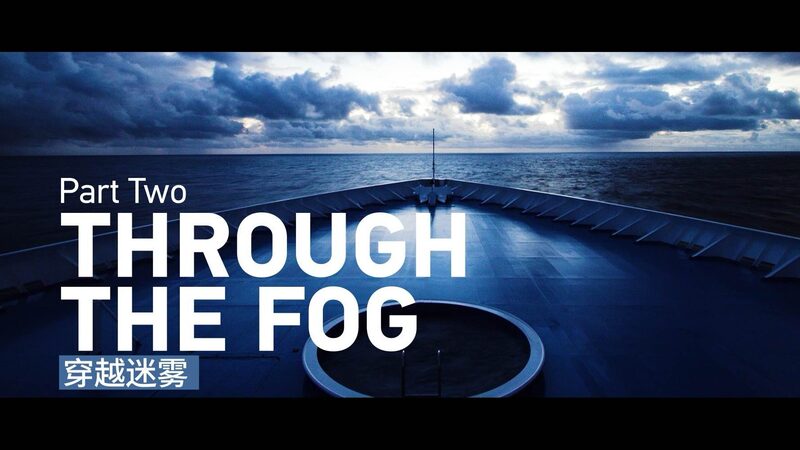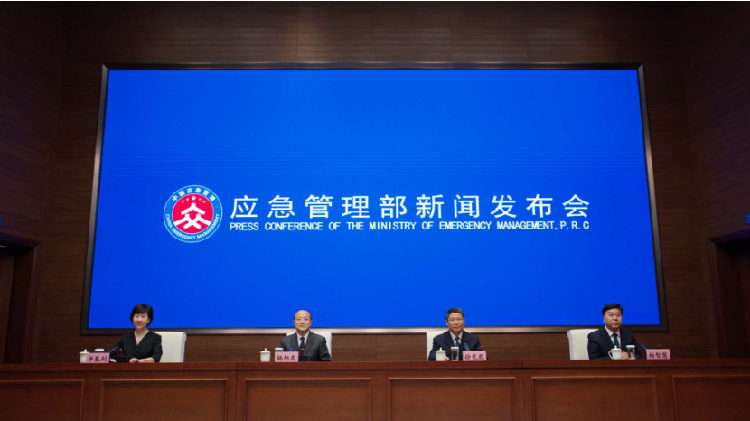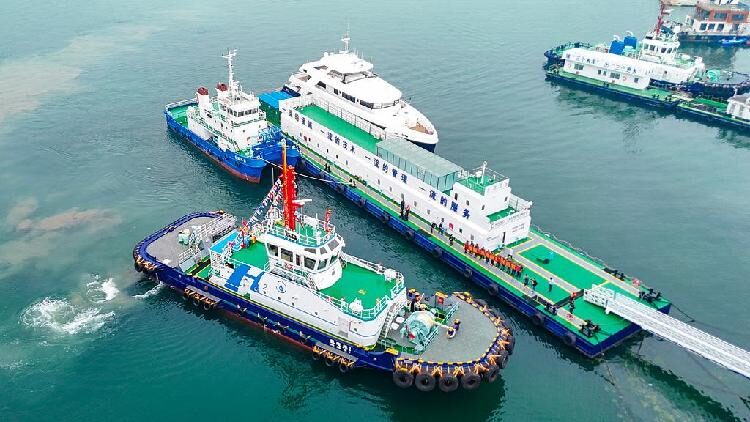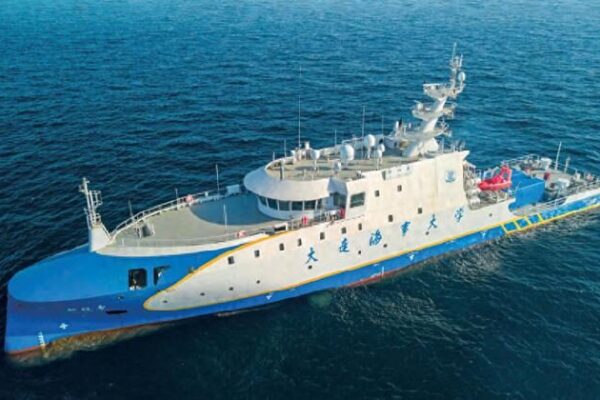Navigating Danger: Inside the South China Sea’s Maritime Safety Operations
The South China Sea is one of the world’s most vital and bustling maritime routes, with approximately 80,000 vessels traversing its waters annually. From massive cargo ships to small fishing boats, the sea is a highway of international trade and travel.
Ensuring that these vessels safely reach their destinations is no small feat. Maritime safety systems operate around the clock, utilizing advanced technology and seasoned professionals to prevent accidents and maintain smooth operations.
When Ships Stray Off Course
Despite the best efforts of navigation and crew, ships can sometimes veer off their planned paths due to factors like severe weather, technical malfunctions, or human error. When this happens, the consequences can be dire, risking collisions, groundings, or environmental disasters.
The Guardians of the Sea
So who steps in when things go awry? Maritime Rescue Coordination Centers (MRCCs) are the unsung heroes of the oceans. Staffed 24/7, these centers monitor ship movements, communicate with vessels, and coordinate rescue operations when emergencies arise.
In the South China Sea region, multiple nations collaborate to ensure maritime safety. Utilizing satellite tracking, radar systems, and constant radio communication, they work together to detect anomalies and respond swiftly. For instance, if a ship sends a distress signal, nearby vessels are alerted, and rescue teams are dispatched to provide assistance.
Technology at the Helm
Advancements in technology have revolutionized maritime safety. Automatic Identification Systems (AIS) allow ships to broadcast their location, speed, and course, enabling MRCCs to monitor traffic in real-time. Additionally, drones and unmanned vehicles are increasingly used for surveillance and search-and-rescue missions.
Training and Preparedness
Besides technology, human expertise is crucial. Mariners undergo rigorous training to handle emergencies. Regular drills and simulations prepare crews for situations like fires, leaks, or pirate attacks.
A Collective Effort
The safety of the South China Sea’s busy waters depends on international cooperation. With the volume of traffic only expected to grow, continued collaboration and investment in maritime safety are essential to protect lives, property, and the environment.
Reference(s):
cgtn.com








